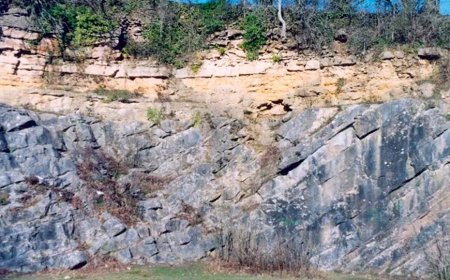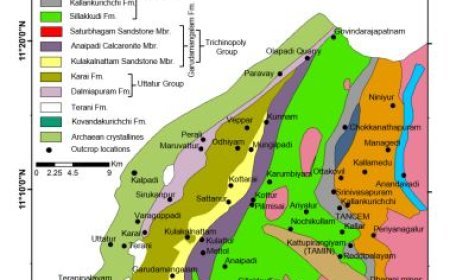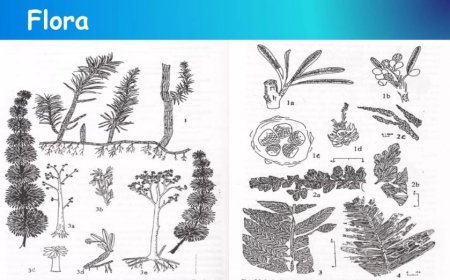TYPES OF FOSSIL PRESERVATION
the importance of fossils and highlights four main types of preservation: Replacement, Permineralization, Molds, Casts.

Types of Fossil Preservation
- There are two main ways that fossils stay preserved: with and without change.
- Carbonization, petrification, recrystallization, and replacement are all types of preservation with change.
- Molds and gathering indirect proof are two ways to preserve something without changing it.
Carbonization
- Carbonization is a common way to preserve plants and other soft things.
- The weight of the rock crushes the broken plant or animal parts.
- In the process of heat and compression, gases such as hydrogen, nitrogen, and oxygen escape.
- A carbon layer, which is an imprint of the living thing, is all that is left behind.
Petrifaction
- Petrifaction, which is also sometimes called "permineralization," is what happens when a hollow substance like a bone or shell fills up with something that keeps it from breaking down, like calcium carbonate or silica.
- The original bone or shell is buried in the ground, and water gets through to the surface.
- The calcium carbonate in the groundwater fills in the gaps in the material.
- This, in turn, strengthens the material over time and fills the holes with minerals that protect it.
Recrystallization
- Recrystallization is the process by which the small molecule crystals inside a shell, which are usually made of one type of calcium carbonate, can change into another type of calcium carbonate.
- It can happen in shell fossils. This keeps the shell in place and turns it into a fossil.
Replacement
- Replacement happens in both shellfish and wood.
- It's when a new chemical structure takes over the atoms of the original living thing, cell by cell.
- Most of the time, the groundwater where the fossil is found determines the chemical that will replace the original.
- A usual way to change something is by silifying it. In this case, the original living parts are replaced with silica, like in woods that have turned into rocks.
Casting
- One secondary way to keep fossils alive is to cast and make them.
- When we use the word "indirect," we mean that the chemical make-up of the biological matter doesn't change.
- Instead, it lies in a substance that leaves a mark on the matter. Castings of plant leaves and snail shells are common examples.
Trace Fossils
- Another way that fossils are kept alive indirectly is through trace fossils.
- Footprints and trails are types of trace fossils. Dinosaurs and other animals from the past moved through the tangled plants and along the ground, which was later covered with other things.
- Their tracks were sometimes kept and can be dug up and cut out of the ground. Animal dung is another type of trace fossil.
- Fossil experts use preserved dung to learn about old food sources and the structure of the digestive system of those times.
What's Your Reaction?



































